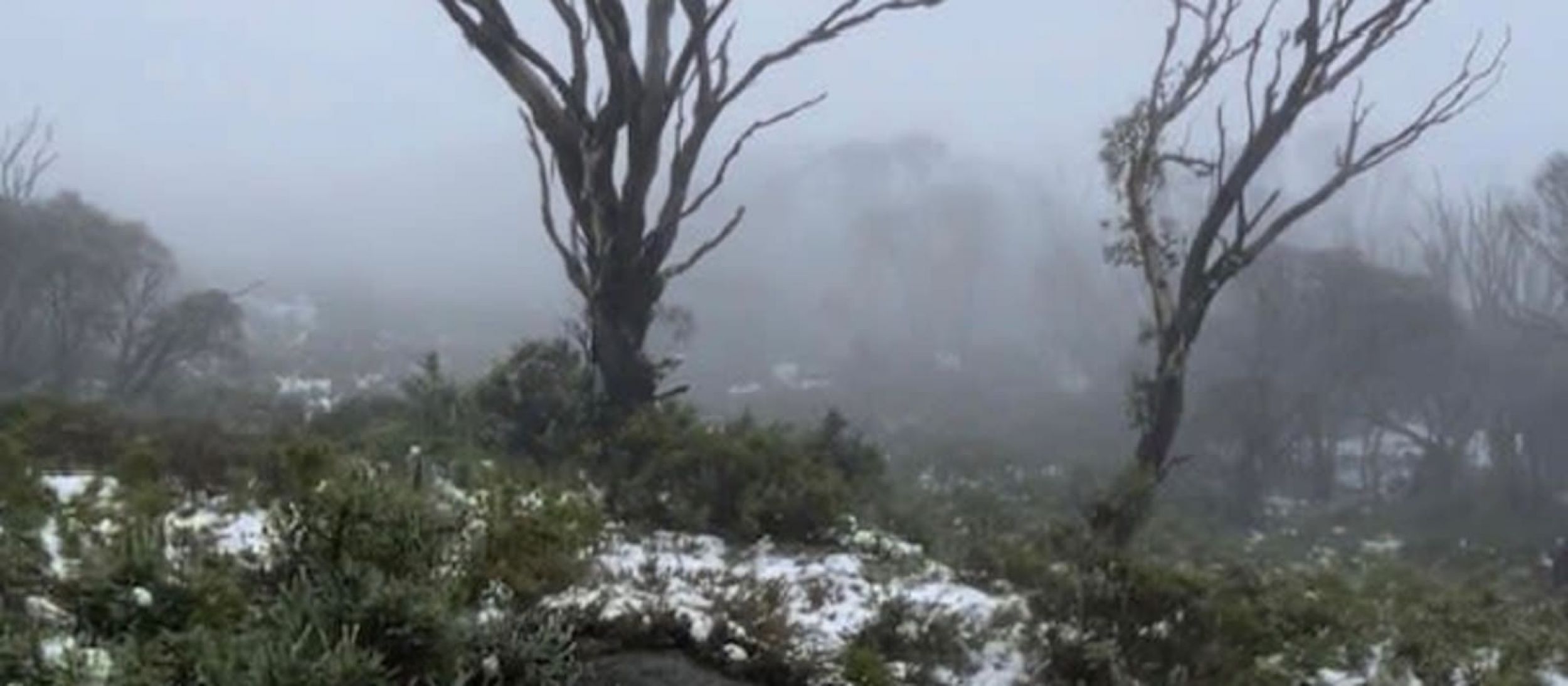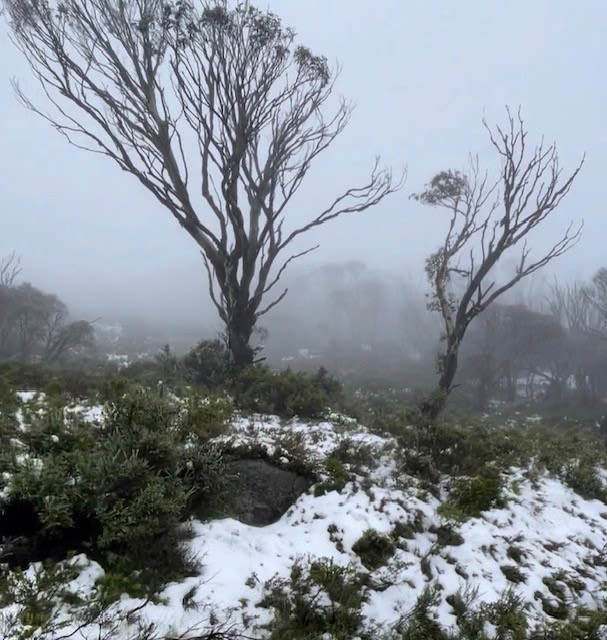
Plants with a prehistoric connection

Petra Chambers
This afternoon I joined two botanists (Peter Jobson and Andrew Orme) in collecting alpine plant samples. We drove for an hour along four-wheel drive tracks over the top of the Great Dividing Range and towards the Pilot Wilderness. After investigating a river crossing, it was decided that the rainy weather and snowy ground along with the rising water was not giving us the best conditions to continue. We retreated back to the Cascade trailhead in Dead Horse Gap. The weather was wet and the environmental temperature with wind chill was -4C. That wasn't going to stop those scientists from collecting plant samples though!
Walking along the Bogong Creek collecting samples of grasses, herbs and some slower growing eucalyptus, Peter taught me how to dig out a difficult specimen without damaging it. The plant was Oreomyrrhis eriopodea (also known as a native Caraway) and has a fascinating Gondwanan history. The genus occurs right across New Zealand, southern parts of South America and alpine regions of Australia. Scientists believe that this plant's ancestors all lived together on Gondwana and, when it broke apart, there was an evolution to new species.
When we returned to camp, there was more work to do. It's one thing to collect those samples, but then they needed to be washed, numbered and placed into a plant press. All of the plants collected by Peter and Andrew on this expedition will be taken to the Sydney Herbarium where they work. There they will be DNA sequenced, dried, photographed, fixed to a mounting card and then stored in the archives. It's so important for us to have a record of the location and identification of our country's flora so that we can understand and document our current biodiversity and all of its variations.


